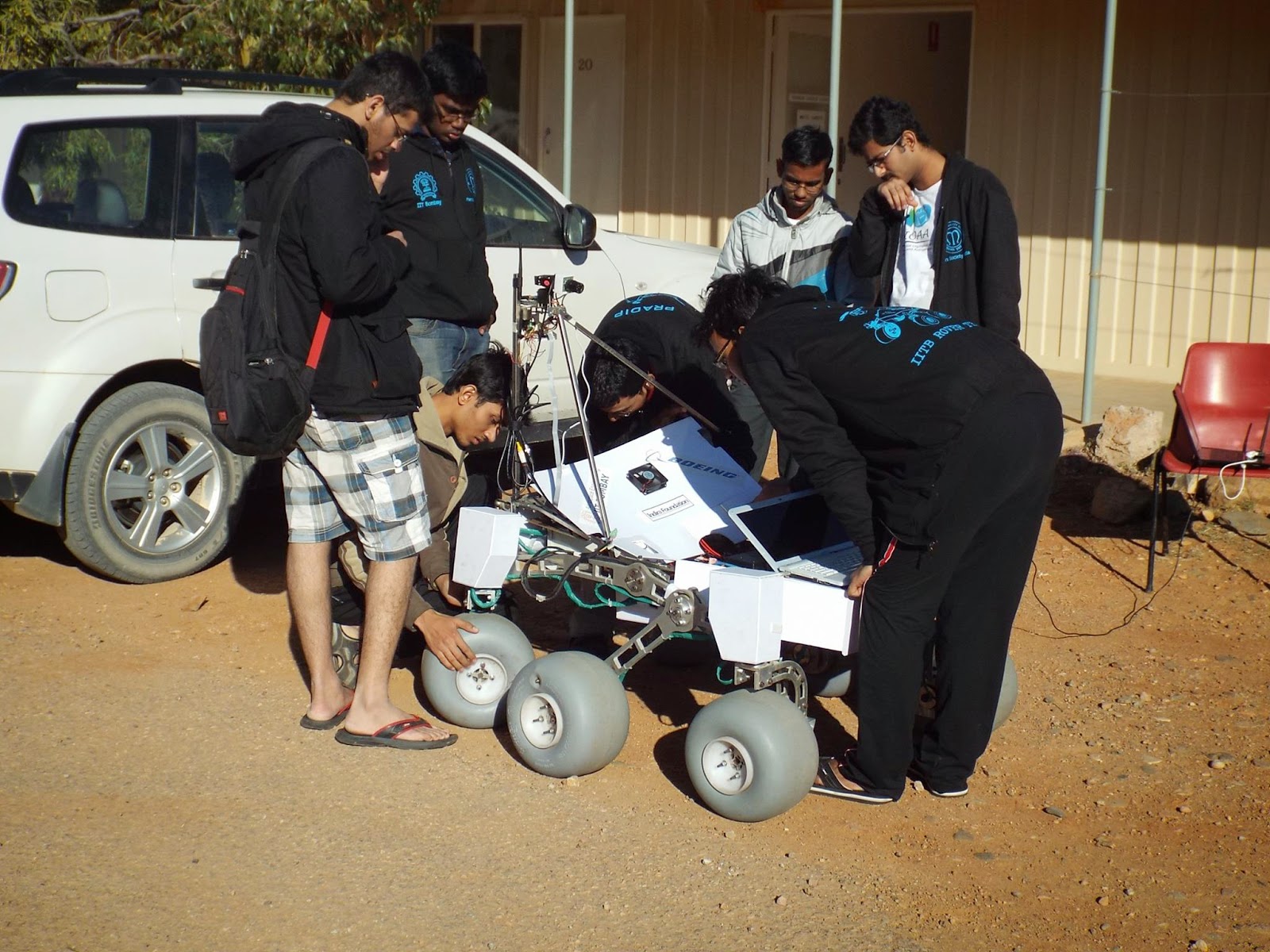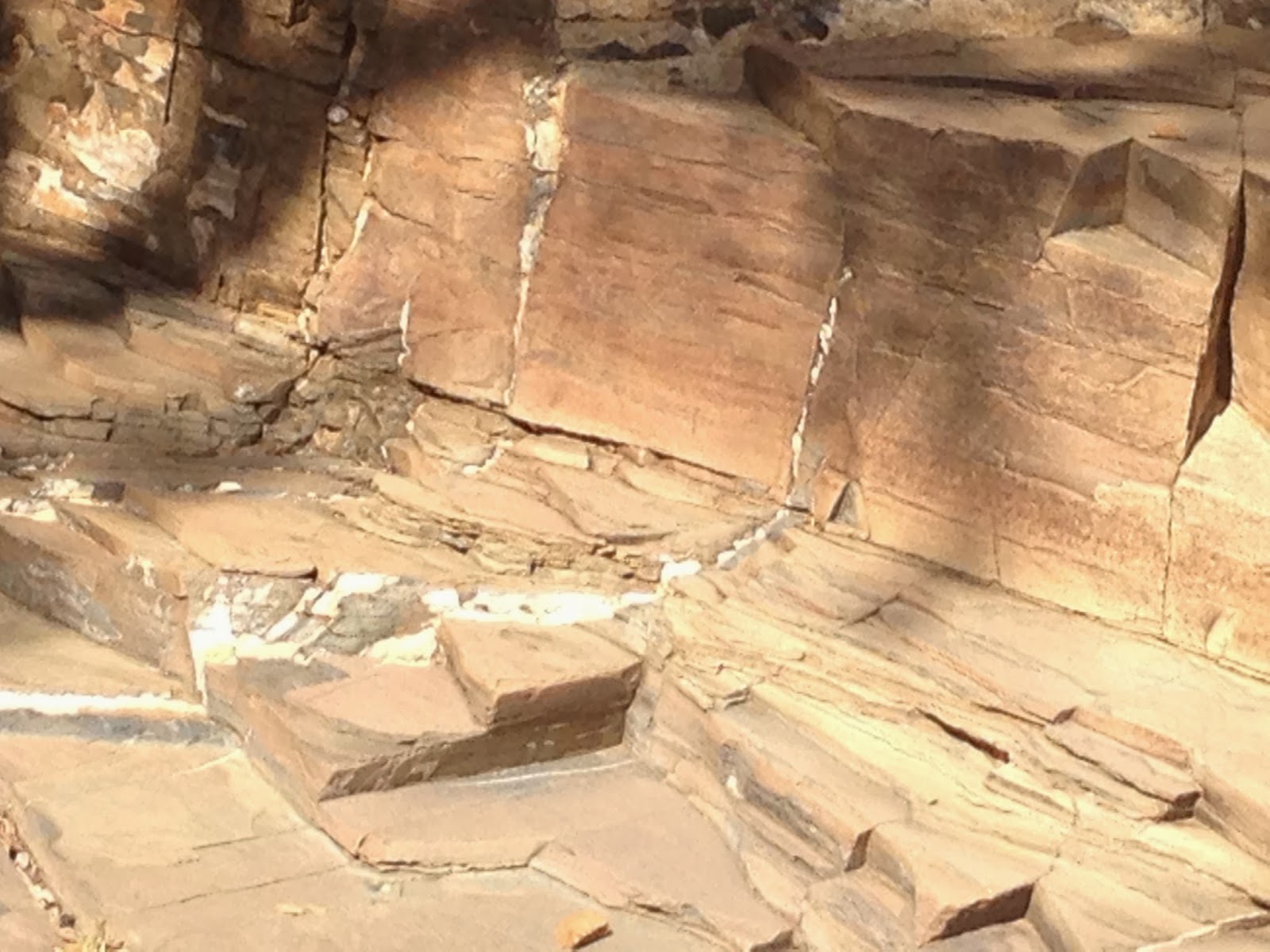Globular Clusters and Big Bang Theory
Analogy for explaining distribution of globular clusters – place our galaxy in a glass sphere such that the diameter of the galaxy is the same as the diameter of the sphere. The clusters would be placed around the galaxy, with greatest number towards the centre and reducing further from the centre. This helps to support the Big Bang Theory. Whereby matter has begun in the centre of the universe and is moving outward. Could this be easily made by students as a 3D model? What could we use to model this?
Analogy for explaining distribution of globular clusters – place our galaxy in a glass sphere such that the diameter of the galaxy is the same as the diameter of the sphere. The clusters would be placed around the galaxy, with greatest number towards the centre and reducing further from the centre. This helps to support the Big Bang Theory. Whereby matter has begun in the centre of the universe and is moving outward. Could this be easily made by students as a 3D model? What could we use to model this?
Statistical Analysis using Rocks and Site Mapping
Simulation of Mars Desert Research Station study site.
Obtain samples that are representative of the two distinct areas at the study
site (volcanic rock forms and rounded pebbles that would be representative of
an oceanic setting). Most schools have collections of volcanic rock and the
teacher may then opt to use pebbles that could be purchased from a gardening
store or pet shop etc.
Provide students with numerous samples, maybe 100 rocks.
Have students classify these rocks and complete a statistical analysis. They
might be simply identifying the colour of the rocks, their shape and their
size. Other more advanced might be able to identify what types of rocks are in
the sample. This provides an opportunity to complete cross-curricular tasks and
develop skills in numeracy through Geology.
The same rocks could also be intentionally/deliberately placed
for identification by student “rovers”.
Site Mapping
Have one student describe to another student what the region
looks like in greatest detail possible. Second student draws the described
landscape, including the colours visible. Students then develop an explanation
of the combination of rocks randomly selected at this location.
OR
Have students study what they see in the panoramic shot of the selected study site.
Rover Testing
Have students develop and complete standardised tests based
on those completed during the expedition on RC vehicles or I-Spy wi-fi
controlled vehicles. Following these standardised tests experiment with the
vehicles (teacher only) to assess capability of vehicle for modification of
suspension etc if this is a possibility provide students with information to
assist them to complete simple supervised modifications on vehicles. Retest
vehicles and suggest whether their suitability as rovers has improved with the modification.









































